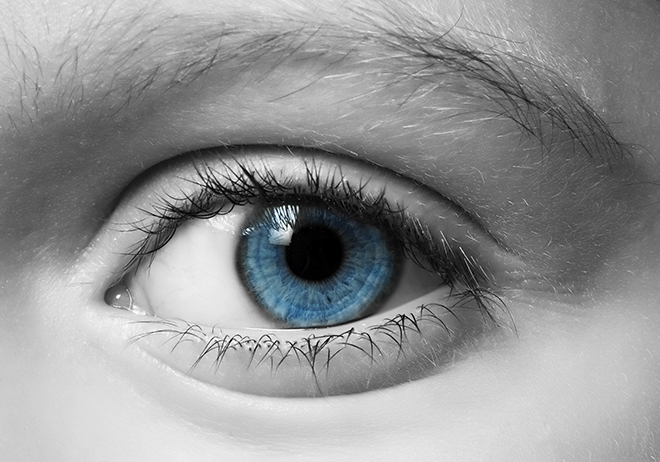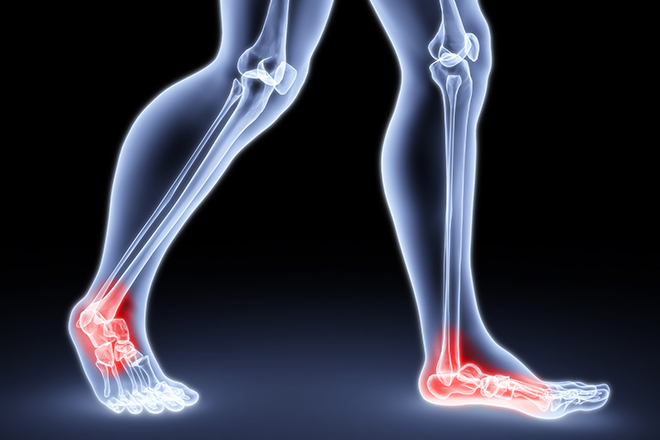A Complete Range of Health Uses for Hyaluronic Acid

Today’s skincare savvy user is more interested in ingredients than anything – good ingredients that hydrate, plump and brighten the skin leaving it feeling radiant and beautiful. And hyaluronic acid has become a popular one in this regard.
About hyaluronic acid
Hyaluronic acid (HA) is a natural component of skin that often helps it retain collagen, moisture, and elasticity. It is the skin component responsible for keeping the skin hydrated and looking radiant and supple.
Though hyaluronic acid is found naturally in the skin as well as inside joints, eye sockets and other tissues in the body, there’s a synthetic version which is what you find in your hyaluronic acid serum.
As you age, the levels of natural hyaluronic acid in your body reduce, often leaving the skin looking drier, lined and rougher. The good news is, you can always use hyaluronic acid serum and gels to counteract this.
As it is, hyaluronic acid has many uses, which include:
Hydrating dry skin
You don’t really have to get older to want to use this hydration. Applying hyaluronic acid serum topically usually helps restore dry skin by boosting the skin’s moisture content while preventing moisture loss. As a result, people feel soothed after using products with hyaluronic acid as an active ingredient on their bodies.
On the skin, hyaluronic acid serum attracts moisture from the environment and retains it on the skin’s surface, leaving it dewier and plumped. As a result, both the texture and appearance of the skin improves significantly.

Reducing wrinkles
A lot of today’s anti-aging healthcare and beauty products incorporate hyaluronic acid into their formulations in varying percentages to tap into its restorative properties.
Other than hyaluronic acid serums, supplements, lotions and creams available in most local stores, there are dermatologists who offer HA in the form of injections. Though fairly pricey, these HA injections are usually a quick way to fix undesired facial lines, crow’s feet and wrinkled skin.
Dermatologists also use these prescription HA formulas or injections containing hyaluronic acids – such as Allergan – over the course of several weeks or months to reduce sagginess around the eyes and lips. Such injections have more pronounced anti-aging effects.
Topical HA options, on the other hand, work effectively, but the benefits may take some time, typically weeks or slightly over a month, to visibly show, even though skin surface hydration may be visible immediately after you start using the product.
For some people, anti-wrinkle hyaluronic acid serums and creams start to show results within just two to four weeks of topical application.

Reducing eye discomfort and dryness
Eye sockets are one of the places in our bodies where HA appears naturally in greatest concentrations. The vitreous humor (name of the fluid inside the eye socket) consists almost purely of hyaluronic acid.
Oftentimes, due to causes such as aging or medical conditions like diabetes, lupus, rheumatoid arthritis, Sjogren’s syndrome, thyroid disorders, scleroderma, and vitamin A deficiency, this fluid inside the eye socket can decrease leaving the eyes feeling dry with a hint of discomfort.
To treat such dryness, doctors recommend the use of hyaluronic acid eye drops such as Hyalistil. The drops are generally very effective in relieving chronic eye dryness by replenishing moisture, restoring fluid balance and helping with tear production inside the socket.
HA formulas are also frequently used to treat eye disorders and injuries. Doctors especially use these hyaluronic acid formulas when the eyes are driest and most sensitive; prior to or after eye surgery.
On the whole, you can benefit from hyaluronic acid drops when you’re recovering from or during eye surgery, after you’ve had a cataract removed, or if you had a detached retina repaired.

Healing of open wounds
Applying hyaluronic acid serum directly to an open wound can help accelerate its healing and recovery process.
Normally, when the body is wounded, concentrations of the naturally occurring HA tend to increase around that damaged area that needs repair. This, according to research, is to signal the body to build new blood vessels in the wounded area.
Applying hyaluronic acid to an open wound is one way to increase the concentrations of this substance that speeds up healing in that area. As a result, the wound is likely to reduce in size much faster than if you leave the wound alone.
Even better, hyaluronic acid has antibacterial properties. As such, it’ll come handy in helping reduce the risk of infection on a wound. This is the other reason why doctors may recommend applying HA directly to open wounds.
Other than open wounds, hyaluronic acid serum has been found to speed up the recovery and restoration of sunburnt or sored skin. It helps keep the damaged tissue moist while encouraging the buildup of more blood vessels in the area.
These properties explain why many treatments available for cold sores are loaded with hyaluronic acid, especially for the mouth and lips. The HA gel helps with speeding up healing while also preventing bleeding or cracking.
Relieving joint pain

Hyaluronic acid keeps bones and the connecting tissue between them well lubricated. It is found in joints where it acts as a buffer in the space between bones. Here, the HA provides resistance to wear and tear by reducing the likelihood of bones grinding against each other.
For those who suffer from degenerative joint diseases, hyaluronic acid supplementation can help provide the much-needed relief.
So, which other health uses of hyaluronic acid serum do you think we did not include in this list? We would like to know.





Leave a Comment